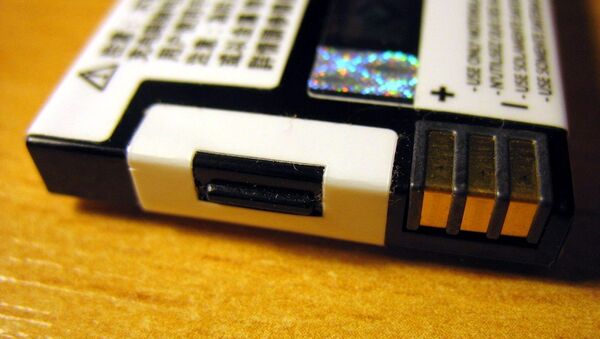"This material is extremely interesting to apply, for example in portable tech or in electrification of vehicles," Dr. Karim Zaghib, Director of Storage and Conservation of Energy in Hydro-Quebec told the press. He explained that the materials for the new batteries are much safer and cheaper than those used in Li-Ion ones.
Currently used Li-Ion batteries have long been holding back the effectiveness and usefulness of portable technology, and searching for a better solution has been a top priority for researchers from around the globe.
However, the ability to mass produce the new batteries is still some time away. According to Dr. Zaghib they still have to "optimize the process and also augment the number of [production] cycles." Researchers from IBN, working on an easy and efficient way to produce new batteries with silicate nanoboxes industriously, estimate that the batteries are still two years away from production.
Lithium battery prototypes were first developed in the 1970’s, but weren't commercially introduced until the early 1990’s. They are widely used in a host of everyday devices, including smartphones, tablets, laptops, electronic cigarettes, cordless power-tools and electric vehicles.




